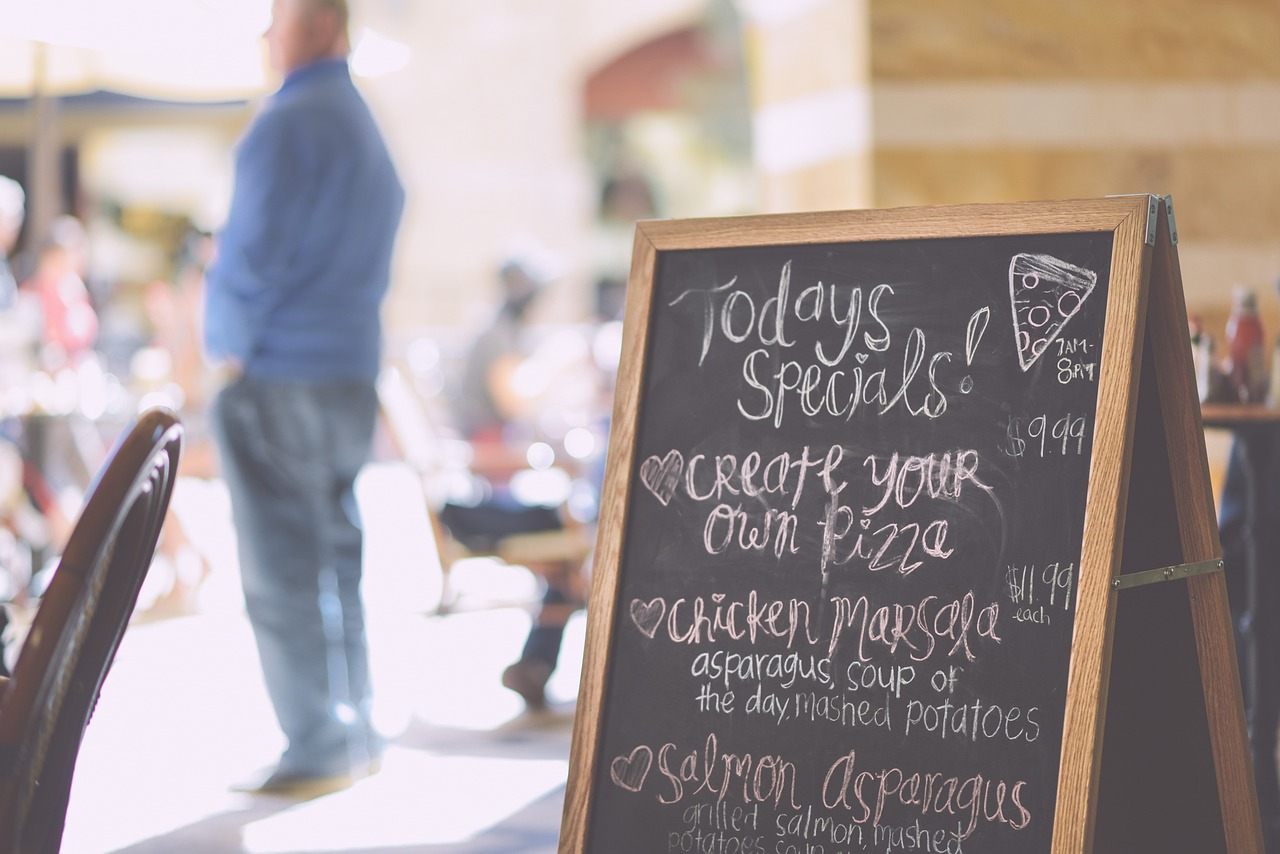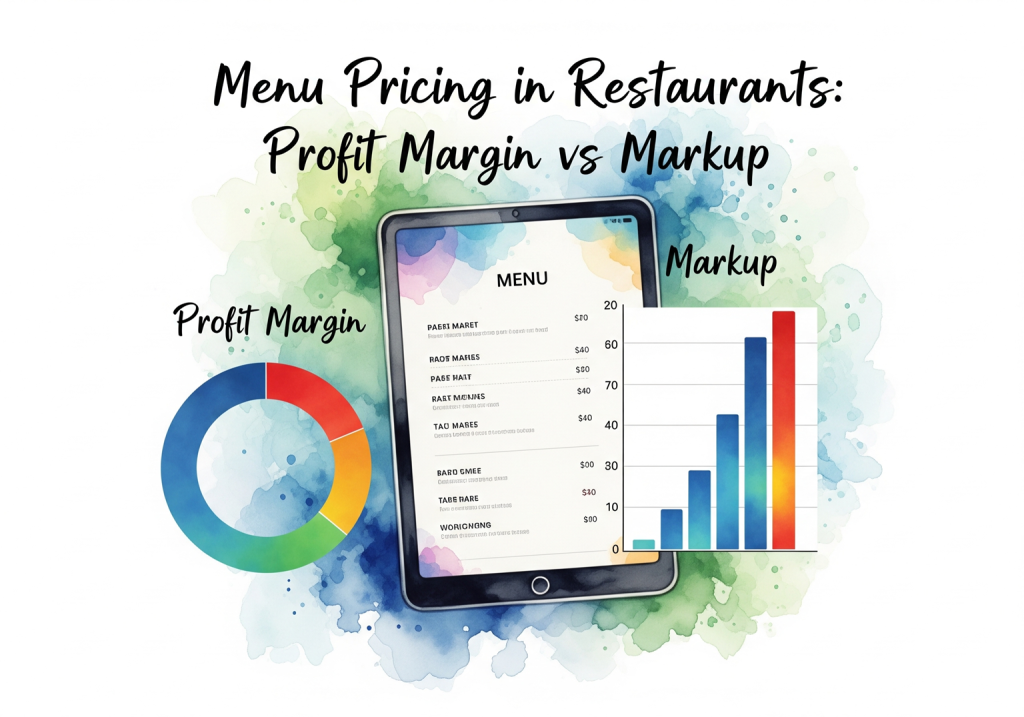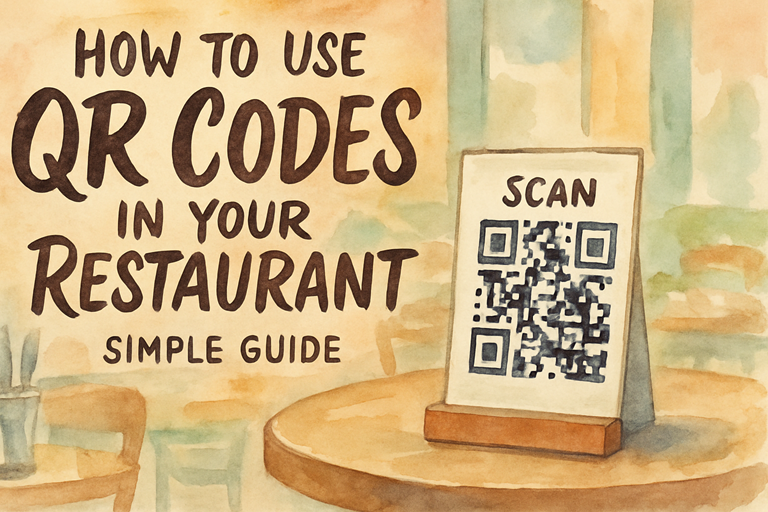When designing your restaurant menu, you may think it’s all about food quality, but psychology plays a huge role too. Understanding how your customers think can help you create a menu that not only looks appealing but also guides them to choose the dishes you want to sell more. Here’s how you can use customer psychology in your menu design.
1. The Power of Colors
Colors can influence customer emotions and decisions. For example, red and yellow are known to stimulate appetite, which is why many fast-food chains use these colors in their branding. You can use this psychology in your food menu design. For instance:
- Font Colors: If you want to highlight a particular dish, using a red or orange font can draw attention and make the dish seem more appetizing.
- Images: Using warm-toned images of your dishes can make them look more delicious.
- Background Colors: Light and neutral backgrounds help the text and images stand out without overwhelming the customer.
Example: A restaurant with a tropical theme could use green and yellow on its drink menu design to evoke freshness and make customers crave refreshing drinks.
2. Eye Movement Matters
Where customers first look on a menu often influences their choices. Studies show that customers tend to look at the top-right corner of a menu first, which is why it’s called the “Golden Triangle” of menu design. Placing high-margin items in this area can increase sales of those dishes.
Example: If you have a signature dish that brings in the most profit, place it at the top-right corner of the menu. This way, customers are more likely to notice it first and consider ordering it.
3. Decoy Pricing
Decoy pricing is a smart way to guide customers toward choosing a specific dish. The idea is to place a more expensive item next to your target dish to make it look more affordable by comparison.
Example: If you want to sell more of a mid-priced steak, place it next to a premium steak on the menu. Customers will perceive the mid-priced steak as a better deal, even if it’s still relatively expensive.
According to a study, restaurants that use decoy pricing saw a 13% increase in sales of targeted dishes. This method leverages consumer behavior psychology by making customers feel like they’re getting a better deal.

4. Subconscious Scheming
Customers often choose the first two dishes they see on a menu. This behavior is rooted in the psychology of consumer behavior, where people tend to avoid making complicated decisions. To take advantage of this, place your best-selling or highest-margin items at the top of the menu.
Example: If you have two signature dishes, make sure they are listed first. This increases the chances that customers will pick them without overthinking.
5. Imaginative Wording
The way you describe your dishes can have a huge impact on customer decisions. Using descriptive and imaginative language helps customers visualize the food, making it more appealing.
Example: Instead of just writing “Chocolate Cake,” describe it as “Rich, Velvety Chocolate Cake with a Decadent Ganache.” This description creates a mouth-watering image, which can lead to more orders.
Research shows that descriptive menu labels can boost sales by 27%. The right words can make all the difference.
6. Menu Spacing
The layout of your menu matters as much as the content. Cramming too many items together can overwhelm customers and make it difficult for them to make a choice. By spacing out your menu and leaving some empty areas, you can direct attention to the dishes you want to sell more.
Example: Place your high-margin dishes in sections with more space around them. This makes these dishes stand out and seem more special, increasing the likelihood of customers choosing them.
7. Separate Drink Menu
If you have an extensive drink menu, consider creating a separate drink menu design. When customers are presented with too many choices on one menu, they may skip over certain sections. A separate drink menu allows customers to focus on your beverage offerings without being distracted by food options.
8. Use Digital Menus
Digital menus are becoming increasingly popular, and for good reason. They allow you to display your food and drink menu designs in a dynamic way. People are now becoming addicted to devices be it their smartphones or laptops. One way in which you can ensure that you catch your customer’s attention is through a digital menu. They would love to browse through a menu that is vibrant. And oh it is also easy to update. Digital menus also let you highlight specials, and even adjust prices in real-time.
According to a survey, restaurants that switched to digital menus saw a 25% reduction in food waste due to more accurate ordering and fewer menu errors.
Using customer psychology in your menu development planning and design can significantly impact your restaurant’s success. By considering colors, eye movement, decoy pricing, and imaginative wording, you can guide your customers to choose the dishes that benefit your business the most. Spacing your menu items strategically, offering separate drink menus, and using digital menus can further enhance the dining experience and boost your profits.
Remember, the psychology of consumer behavior is a powerful tool. When used correctly, it can help you create a menu that not only looks good but also works in your favor.




